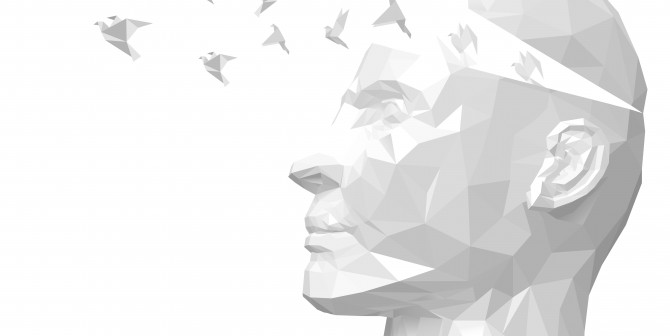Subconscious Shopping

Current and on-going studies into behaviourism and neuromarketing are yielding results which are influencing the way retailers approach store layout, visual merchandising and the whole environment to enhance the shopper’s intent to buy. We will look into the processes behind consumer attraction and driving average spend by making the recommended adaptations following research findings.
How do we attract the consumer? There are many ways to drive footfall to each individual store from visuals, to promotional activity, to music etc. but what many retailers have started to use and continue to find effective – is the customer’s senses and subconscious. Recent studies have shown that the most powerful tool to draw a shopper into store is not by advertisements, merchandising and large scale events but by scent! Having a seductive scent emitting from the store, consumers are attracted subconsciously. It is then once the shopper has ventured inside that visuals and other senses start to take over encouraging spend and increasing dwell-time.
So, once the shopper is in store – what next? Having a comfortable environment plays a pivotal role in the likelihood and level of spend. The first factor to consider is the temperature – not surprisingly, scientific studies show having store temperature at an optimal level of between 21-23 degrees can not only make the shopper at ease and more willing to spend time in the store, but it is guaranteed to have the same positive effect on staff and output. So, the longer we can get customers to stay in store, the more effective other methods of driving sales will come into play like product placement, store layout and using the shopper’s subconscious to entice them into purchasing multiple items.
Product placement and the consumer’s subconscious – how does it work? Making shopping easy for the consumer is significant in encouraging spend. Providing clear walkways which guide the shopper around the store can determine length of dwell-time and the sheer amount of items noticed, viewed and inevitably purchased. By placing a hat at the top of a fixture above a coordinated outfit and shoes on the lower arms – retailers are inspiring multiple sales. Similarly, colourful items stand out amongst a black or white background and so placing a red dress on a wall surrounded by black, white or even grey items, the consumer will be drawn to the display and be more likely to make a purchase, or several. And if we are going to get deep into the body of visual detail, studies also show that curves and round shapes ease the shopper’s view and optimise promotional efficiency. And even furthermore, having large green plants in store, combined with effective visuals, consumers have been found to spend up to 30% more.
The enhanced complexity of the retail environment is constantly growing and the way in which retailers approach consumer attraction by their subconscious can significantly determine average spend, revenue generated and overall turnover. With the growing interest from landlords and managing agents to market their shopping centres more aggressively and pushing footfall, retailers need to capitalise on the opportunity presented and utilise recent findings in making minor store adaptations to maximise profit.